Over time, tires are exposed to precipitation, brake dust, chemicals, sunlight, and temperature fluctuation from summer to winter. While tires have anti-aging chemicals within the rubber to help protect them, exposure to these elements can cause rubber to lose some of its elasticity, which then causes the surface to age and crack. Under normal circumstances, tires should last around five to seven years, but as they age, they begin to rot, and it’s only a matter of time before the cracks can be dangerous. Here is more information about the aging and cracking in tires, what you can do to prevent this wear, and how to get help.
Also called weather checking, weather cracking, and ozone cracking, cracks in tires are typically small and develop in the sidewalls or at the base of the tread grooves. These are signs the rubber in the tires is starting to break down. While cracks typically start developing on the sidewall, they then move to the outer part of the tire underneath the tread.
As the rubber flexibility declines, larger cracks develop, and once this happens, it’s only a matter of time before the tires become dangerous. Cracks aren’t always a bad thing and don’t necessarily mean the tire needs replaced. But as they grow in length, depth, or number, replacing your tires may be necessary.
As the cracks grow, they can wear down quickly. This can turn small cracks into major cracks or other problems that can put you at risk of blowing a tire. If the cracking between treads is visible, the tire’s structural integrity is likely compromised. At this point it’s important to have a professional inspect the tire. If cracks are in a tire that’s only a few years old, this could also be a manufacturing defect that needs addressed and replaced immediately.
The best way to prevent your tires from aging and cracking is by keeping them out of the elements as much as possible:

If you notice signs of aging or cracking on your tires, take it to your local tire shop for inspection. Sometimes, cracked tires can be repaired, but this may only mask the issue instead of fixing it. When cracking is serious, the tires likely need replaced for your safety and the safety of other drivers on the road.
It can be difficult to tell on your own whether the damage is serious enough to be a problem. The experts at Hollenshade’s Auto Service can help inspect and diagnose any problems and do any repairs or replacements you may need. Call 410-828-5750 or request an appointment online today.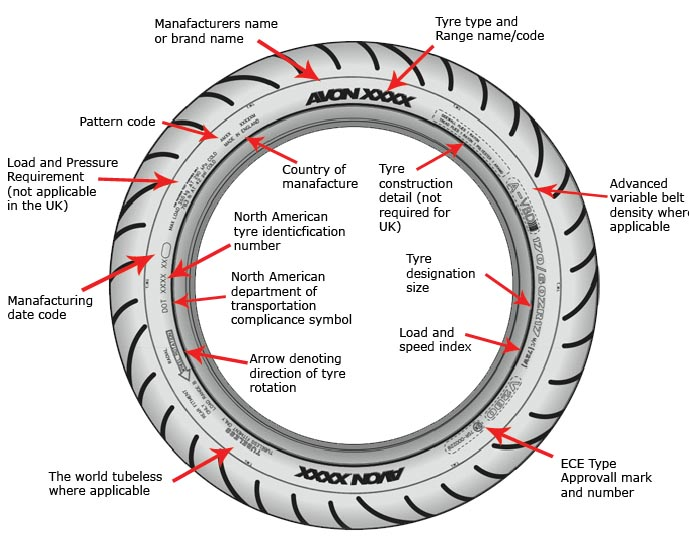
NASCAR racing tires operate at an average of 200-260 degrees Fahrenheit. Antarctic tundra tires cruise through snow drifts at negative 40 degrees Fahrenheit, and the typical SUV tire rotates some 42 million times throughout its lifetime.
Tires are one of the most under-appreciated parts of the automobile, laboring in harsh environments. Is it any wonder they break down?
A tire is an alchemist’s dream, a blend of rubber and filler reinforced by steel bands and somehow squeezed, pressed and extruded into a black donut with thick tread. The primary component in any tire is rubber, which could be natural rubber, styrene-butadiene rubber, polybutadiene rubber, or butyl rubber.
OxidationTires age the same way as humans. As they age, they lose flexibility. Blame oxygen. Elevated temperatures exacerbate the reaction. Anti-aging chemicals, activated by operating temperature, prevent premature cracking, but most all tires depart for the Happy Hunting Grounds by age 10 no matter the tire protection. Some tires, particularly summer tires exposed to winter conditions or vice versa, mature by six.
Some tires, particularly summer tires exposed to winter conditions or vice versa, mature by six.
Tires may weather faster in urban areas. They degrade with exposure to ultraviolet radiation and ozone, a lightweight gas found in the atmosphere and caused by the partial breakdown of air from atmospheric electric discharges.
Harsh Chemicals
Harsh solvents and detergents used to detail tires can indirectly cause cracking. Tires are manufactured with anti-oxidation and anti-ozone protective tire protection layers, which are designed to shield from the solvents, salt, oil and fluids on American roads. Harsh cleaning chemicals can strip a tire of its clothing, as it were, and leave it exposed to ozone and sunlight without UV protection.
Bad DrivingFast ‘n’ furious driving can cause tires to age too soon. So can scraping against a concrete curb. Also, under-inflated or overinflated tires place undue stress on tire sidewalls and cause fissures and flaws..png)
Most manufacturers recommend tires be replaced 10 years from the date of origin. Premature cracking can slice the life of a rubber tire in half.
Thankfully, there are ways to thwart early cracking.
Drive Safely
The simplest solution to prevent tire cracking comes from mom: Drive safely. Skidding around corners raises the temperature of a tire, aggravating current cracks and egging on new ones. High-speed braking does the same.
Vacation Often
Much like bread is kneaded, a tire is “worked” when driven. Unfortunately, many fifth-wheel trailer and RV drivers only take to the streets a few times a year, leaving their tires to rot in the dryness of winter. Driving a trailer every other month can reap dividends over the life of the vehicle. Use covers for tire UV protection during the off-season.
Can 303® Aerospace Protectant Prevent Cracked Tires & Tire Rot?
303 Protectant is a water-based application used to dress rubber, plastics, vinyl and treated leather. The surface treatment lays down a thin, flexible shield that has tire UV protection.
The surface treatment lays down a thin, flexible shield that has tire UV protection.
Uses for the 303 Automotive Protectant are endless. Enthusiasts dab the non-oily spray on rubber, plastic, and metal, While professional fishermen use it to protect their boats from premature damage and wear.
But most importantly, the product prevents cracked tires. A quick coating, reapplied every 4-8 weeks, is a quick blast of tire UV protection. The water-based tire protectant douses the sidewalls in moisture, protecting them against dry rot and giving the rubber a rich, waxy gleam.
Be it a NASCAR, Arctic or commuter tire, everyone deserves the best in tire protection: 303 Automotive Protectant.
With the onset of the new season, motorists have a question - how to properly store tires? Can I store them in the garage or on the balcony? What happens if the requirements are not met? We will tell you how to handle tires removed from the car.
Tires are made of soft elastic material that is subject to deformation. In inappropriate conditions, they quickly lose their properties. If you have not learned how to properly store tires, you may experience such unpleasant consequences: nine0003
Don't risk your safety!
According to GOSTs, tires can be stored in a dry place, sheltered from precipitation, at a temperature of -30 to +40 C°. These requirements are met by garages, outbuildings, storerooms, glazed balconies and other similar premises. nine0003
Interested in how to store tires in winter? The main enemies in this case will be snow and water. They can damage the tire by causing the sensitive material to warp. The same applies to discs that can be corroded. To maintain the properties of the tire in winter, good ventilation should be provided. It will be even better if you can organize heating.
They can damage the tire by causing the sensitive material to warp. The same applies to discs that can be corroded. To maintain the properties of the tire in winter, good ventilation should be provided. It will be even better if you can organize heating.
If you need to know how to store wheels in the summer, then you should pay attention to bright sunlight. UV radiation is also detrimental to tires: it deteriorates their properties, causing accelerated wear. Therefore, you should buy special covers made from natural materials. In order for the tires to remain elastic and durable after the end of the summer season, you need to periodically turn them or shift them, observing all the requirements. nine0003
If you don't have space to put your wheels in your garage or on your balcony, you can take your tires to a special warehouse. The advantages of such a solution are:

Properly storing tires is not difficult, but you need to do some preliminary preparation. Each tire should be thoroughly washed from dirt - adhering soil, asphalt particles and other substances can destroy the material. During this procedure, you can carefully inspect the surface of the wheel, finding cuts, punctures and other damage on it.
It is advisable to store tires on disks - in this case, they retain their original shape better. In addition, with the onset of the new season, you will save on the services of the service center. Each tire should be pre-treated with silicone grease. Do not confuse it with a color restorer that contains a solvent! In winter, the lubricant will prevent the formation of ice: it will fill the pores of the tire and push the water out of them. In the summer season, the composition forms a protective coating that will help prevent the elastic material from drying out. nine0003
To store summer tires, it is advisable to choose heated rooms. With a strong decrease in temperature, they can “suffocate”, covered with microscopic cracks. This is fraught with rapid stratification during high-speed driving and a complete loss of control. If there is no heating, you need to put the tires in a dry closed garage or shed where snow and water do not penetrate.
With a strong decrease in temperature, they can “suffocate”, covered with microscopic cracks. This is fraught with rapid stratification during high-speed driving and a complete loss of control. If there is no heating, you need to put the tires in a dry closed garage or shed where snow and water do not penetrate.
If summer tires are afraid of frost and moisture, then winter tires are afraid of ultraviolet radiation. When folding them on the balcony, be sure to cover the wheels with a piece of thick cloth. But do not forget to leave a couple of holes for ventilation so that moisture does not accumulate inside. It is undesirable to store winter tires without disks: in the warm season they become very soft and easily deformed. The consequences of such damage will be unpleasant and even dangerous. nine0003
Most motorists are wondering how to store tires on rims? We have already said above that this method helps to save time and money during the off-season “changing shoes”.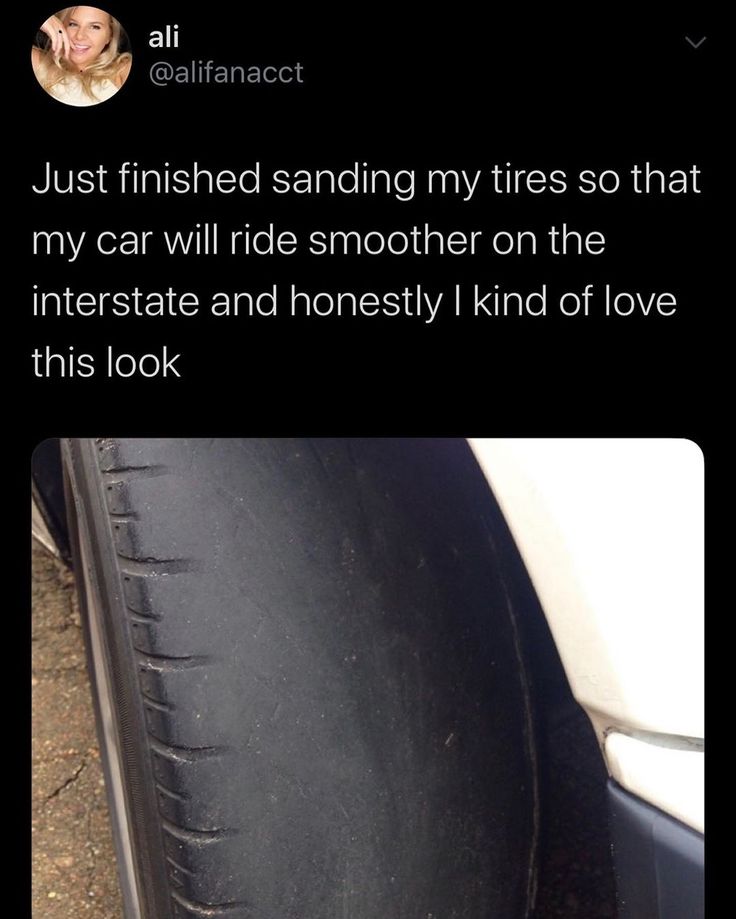 The ideal option for placing tires on rims is in limbo. To do this, you can install special brackets on the ceiling or in the wall. In this case, the main load is assumed by the metal rim - the soft part is not subjected to unnecessary loads. nine0003
The ideal option for placing tires on rims is in limbo. To do this, you can install special brackets on the ceiling or in the wall. In this case, the main load is assumed by the metal rim - the soft part is not subjected to unnecessary loads. nine0003
To know how to store wheels on rims, you also need to pay attention to pressure. The optimal indicator is from 1 to 1.5 atmospheres. At a lower value, the tires are at risk of squeezing, and at a higher value, bursting. Tires on steel or light alloy rims should be lowered before storage. In a specialized center, experienced employees will take care of this, but in the garage you will have to do it yourself.
What to do if there is no space for hanging tires on the rims? In this case, you can not put them vertically - if the pressure decreases, this will lead to deformation of the frame. It is best to stack tires in a pile, like a children's toy "pyramid". In this case, the following recommendations should be observed: nine0003

By knowing how to store your wheels on rims, you will save their properties, increase road safety and reduce your costs.
nine0003
Many car owners have to store tires without wheels, a set of which is quite expensive. In this case, you will have to follow other recommendations. If you decide to store your tires without rims in your garage, never hang them from the ceiling or stack them. In both cases, the elastic material will be constantly subjected to excessive loads. This will lead to tire deformation, which we have already discussed earlier.
How to store tires without rims? To do this, install them vertically. In the absence of discs, this situation will be the only correct one. It will evenly distribute the load on the tire carcass. If you are interested in the question of how to store wheels without discs in the ideal case, you should know that they should be rotated periodically by 30-40 degrees. If possible, you should do this once every two weeks. nine0003
If possible, you should do this once every two weeks. nine0003
To store wheels without discs in the garage, you can buy special cases. They protect the surface of the tires from friction, UV exposure and moisture. Summer and all-season tires require special care in the cold season - be sure to treat them with silicone grease and put them in a dry place.
We told how to store summer and winter tires, what requirements must be observed with and without rims. So you will significantly reduce the cost of car maintenance, as well as make your trips really comfortable and safe. nine0003
Car tires are designed to last for a certain period of time. But under the influence of various factors, this period can be significantly reduced. This is mainly due to the quality of tires, their operating conditions, as well as compliance with the rules of seasonal storage.
Quite often, motorists are faced with the problem of cracks in rubber. This phenomenon has its reasons. But most of all, drivers are interested in the question of what to do with cracked tires and whether it is possible to continue to operate them. nine0003
This phenomenon has its reasons. But most of all, drivers are interested in the question of what to do with cracked tires and whether it is possible to continue to operate them. nine0003
To make the right decision, you need to understand the causes of cracks, their varieties and the degree of danger.
Every motorist must know why tires suddenly crack on his car and what leads to such a situation.
There are several potential causes. They can appear singly or act as a fusion of several factors at the same time.
 This applies not only to the storage of new tires, but also to the long-term operation of rubber. The influence of factors such as snow, rain and extreme heat contribute to the destruction of the rubber structure, and corresponding marks appear on its surfaces.
This applies not only to the storage of new tires, but also to the long-term operation of rubber. The influence of factors such as snow, rain and extreme heat contribute to the destruction of the rubber structure, and corresponding marks appear on its surfaces. 
As you can see, there is nothing supernatural here. The reasons are quite banal and obvious. But even this does not solve the problem of cracking. Many motorists stubbornly continue to violate all the rules and recommendations. Hence the corresponding consequences.
The cracks themselves on car tires can appear directly in the tread area, or on the side. It is about lateral cracking that is most often discussed.
Before deciding how to proceed, it is necessary to determine what kind of side cracks on the tires the motorist encountered. They are divided into 2 categories. nine0003
 With such damage, further operation is strictly prohibited.
With such damage, further operation is strictly prohibited. It is important to answer the question of whether you can continue to drive a car if a crack has developed on the side of the tire. nine0003
In order to understand whether it is possible to continue driving a car if cracks appear on the side of the rubber, it is necessary to start from specific circumstances.
First, consider how serious the damage is. With small and shallow defects, operation is allowed.
Even with small cracks, driving on such wheels is allowed within the city and at low speeds.
It is strongly not recommended to travel outside the city, move along highways and reach speeds over 60-80 km/h. This can lead to further propagation of cracks with their subsequent rupture at speed. This will already entail a loss of control with all the ensuing dangerous consequences. nine0003
If these are small cracks, then severe restrictions are imposed on subsequent operation:

All this allows you to ride on old tires for some time, until the first opportunity to replace them appears. nine0003
Strictly restricted operation with lateral cracks only. If the tread is damaged, even a small defect precludes further driving.
Since the tread is damaged, the crack will actively spread and grow in size on subsequent trips. Even under the condition that the motorist drives extremely carefully, does not exceed the speed of more than 60 km / h and turns smoothly.
As for whether you can continue to ride on rubber if there are more serious cracks. About deep cracks can be said unambiguously. Operation is prohibited. It's too dangerous even to drive to the nearest service station or tire shop. nine0003
Deep damage can lead to the destruction of the cord, moreover, suddenly, at low speed. As a result, the tire will literally fall apart on the go. Trying to accelerate, an explosion is not ruled out.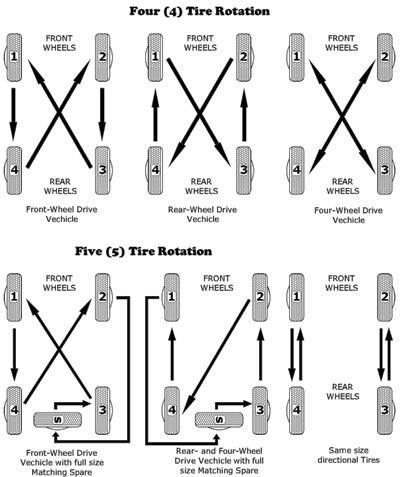 It is not difficult to guess the consequences.
It is not difficult to guess the consequences.
Particularly frugal drivers who are trying to save every penny and not spend extra money on their car are wondering if tires can be repaired if they develop cracks.
The answer to this question again depends on the specific circumstances. nine0003
There are craftsmen who are ready to do anything the client asks for money. At the same time, they are silent about the consequences that repairs of this kind can lead to.
You should figure out what to do in such a situation and how you can treat your tires so that they do not crack further. In this regard, it is worth making some recommendations.
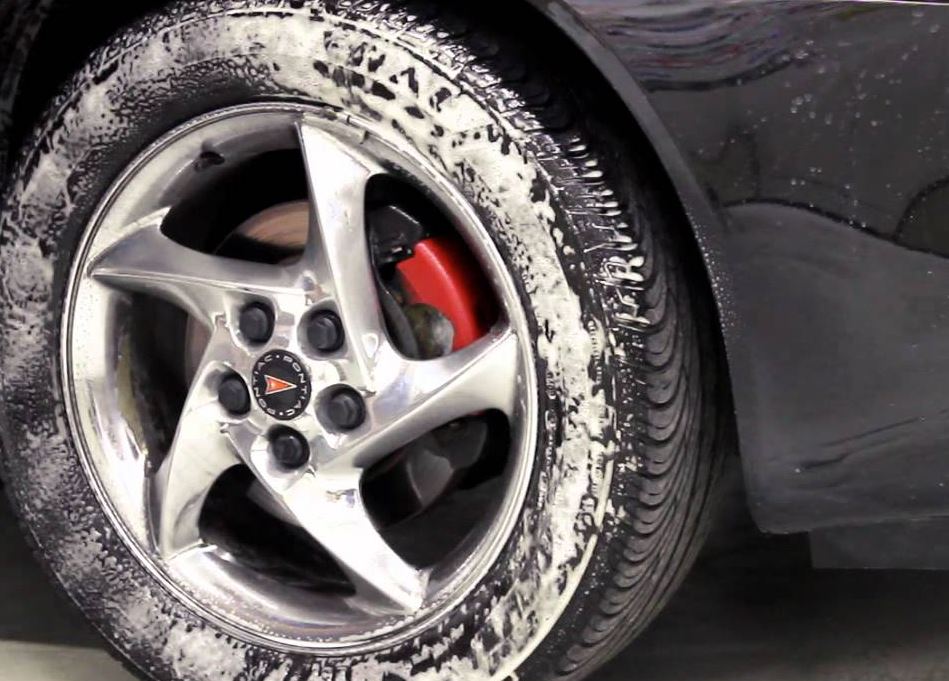 nine0012
nine0012
The most correct solution in such a situation, when the rubber has been in use for a long time, and this manifests itself in the form of defects, will be a complete replacement of the entire set.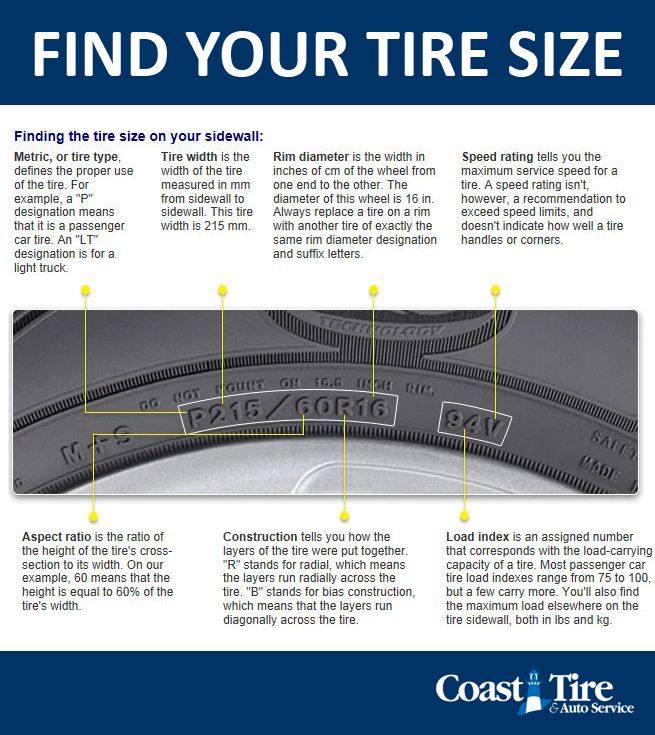
Motorists naturally do not want a repetition of such situations. Cracks do create problems and require additional financial costs. And it is unlikely that someone will voluntarily want to change the wheel every season. Quality tires are not cheap. nine0003
In order to prevent such problems, it is necessary to adhere to the elementary rules of operation, as well as to engage in the prevention of rubber.
This involves following a few simple guidelines:

And remember that natural aging cracks cannot be avoided.